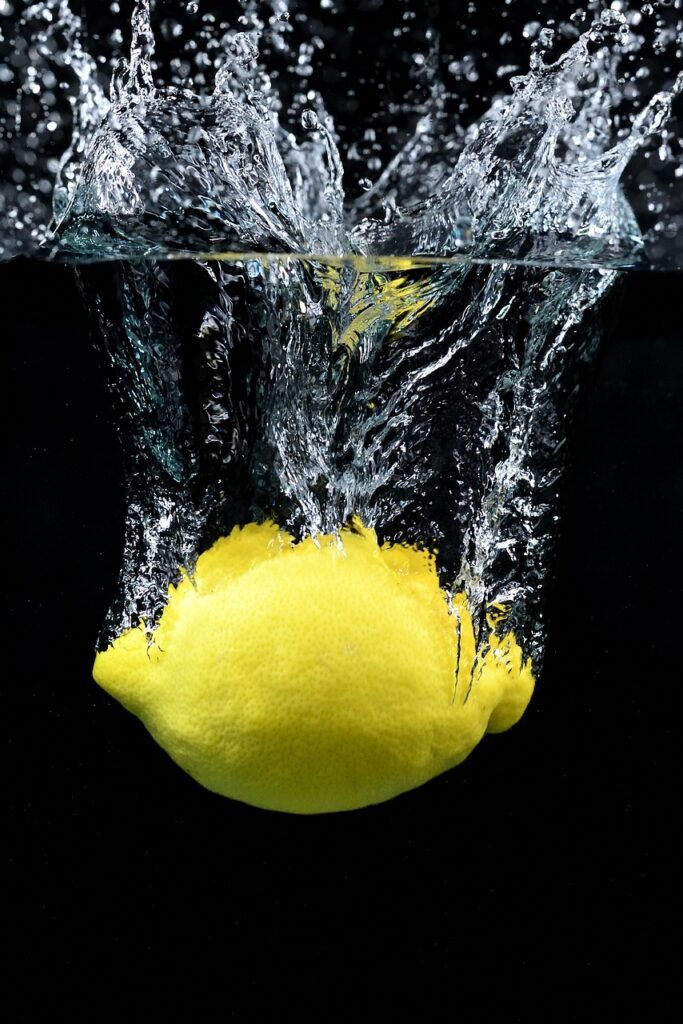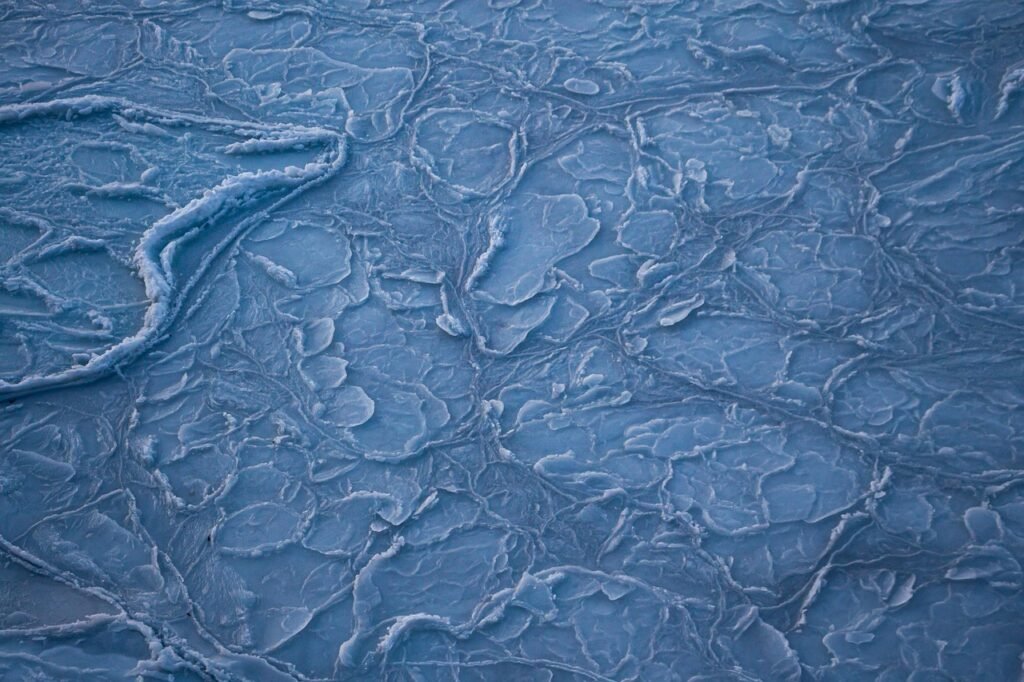Have you ever found yourself in a battle with a headache or migraine, desperate for some relief? You’re not alone. Many people seek out various methods to alleviate such discomfort, and one intriguing option you might have come across is the cold plunge. This natural remedy has gained popularity in recent years, and it’s time to unpack how it can help with headaches and migraines.

Understanding Headaches and Migraines
Before looking at cold plunges, it’s crucial to understand what headaches and migraines are. They may seem similar, but they are quite different in terms of their causes, symptoms, and severity.
What Are Headaches?
Headaches are characterized by pain in the head, scalp, or neck. They often result from stress, dehydration, poor posture, or eye strain, among other factors. The pain from tension headaches, the most common type, can feel like a tight band around your head.
What Are Migraines?
Migraines, on the other hand, are more severe and can be debilitating. They often come with additional symptoms such as nausea, sensitivity to light and sound, and visual disturbances known as aura. Migraines can last from a few hours to several days, impacting your daily life significantly.
The Science Behind Cold Therapy
Cold therapy, or cryotherapy, involves exposing the body to cold temperatures to relieve pain and inflammation. When you expose your head or body to cold, it can constrict blood vessels and reduce inflammation, which may alleviate some headache and migraine symptoms.
How Cold Therapy Works
When cold is applied, it can numb the area, interrupting the pain signals that travel to your brain. This helps reduce the perception of pain and can even lessen the severity of the headache. Additionally, cold therapy can lead to a release of neurotransmitters and hormones that might further help with pain relief.
Types of Cold Therapy
There are various methods of cold therapy:
- Cold packs: These are versatile and can be used easily at home.
- Cold plunges: Immersing in a cold body of water rapidly can provide a different level of relief owing to the full-body exposure.
- Ice baths: Sitting in a bath of ice-cold water targets larger muscle groups and can create a more profound effect.
Cold Plunge: What Is It?
A cold plunge involves immersing yourself in cold water, typically at temperatures below 60°F (15°C). This practice has gained popularity in wellness circles for its various health benefits, both physical and psychological.
Benefits of Cold Plunges
The benefits of cold plunges go beyond just headache relief and include:
- Improved circulation: Jumping into cold water constricts blood vessels and can improve overall circulation once you warm up again.
- Increased alertness: The shock of cold water can increase adrenaline levels, making you feel more awake and focused.
- Reduced muscle soreness: Athletes often use cold plunges to help with recovery after intense workouts.
How Cold Plunge Can Help with Headaches and Migraines
You might wonder how this chilly remedy directly affects headaches and migraines. Let’s break it down.
Reducing Inflammation
Research shows that cold exposure can significantly reduce inflammation. For those who experience inflammation-related headaches or migraines, a cold plunge may offer a natural way to reduce this issue.
Modulating Pain Signals
As mentioned earlier, applying cold therapy can disrupt pain signals. When you plunge into cool water, your body responds by reducing the pain it feels, which can help relieve a headache or migraine.
Decreasing Stress
Cold plunges can be invigorating and shocking, but they also provide an excellent opportunity for mindfulness. Focusing on your breathing while in the cold water can help reduce stress and tension, which are known triggers for headaches.

How to Do a Cold Plunge Safely
If you’re considering adding cold plunges to your headache relief arsenal, it’s essential to do it safely. Here are some pointers.
Prepare Yourself
Before you plunge in, take a moment to prepare yourself mentally. Cold water can be shocking, and preparing yourself for it can help lessen the shock.
Gradual Exposure
If you’re new to cold plunges, start with shorter durations. Perhaps try a few seconds, and gradually build up to longer immersions. Aim for sessions of about 5-10 minutes.
Follow Up with Warmth
Once you’ve completed your cold plunge, it’s vital to gradually warm up your body. Use blankets, warm drinks, or a warm shower to help your body return to a normal temperature.
Listen to Your Body
Pay attention to how you feel during and after the plunge. If you notice any adverse reactions like severe shivering or persistent pain, exit the water and assess your situation.
Incorporating Cold Plunge into Your Routine
If you decide to embrace the cold plunge, integrating it into your routine can maximize its headache-relief benefits.
Timing is Key
Consider doing a cold plunge during the early signs of a headache. The sooner you address the discomfort, the more likely you are to prevent it from escalating into a migraine.
Frequency Matters
While it’s tempting to do a cold plunge every day, start slow. Two to three times a week is a reasonable starting point. Gauge how your body reacts before diving in more frequently.
Pairing with Other Remedies
Cold plunging doesn’t have to be the only tool in your arsenal. Consider pairing it with other natural remedies, such as hydration, essential oils like peppermint or lavender, or gentle yoga to further fight headaches.

Additional Natural Remedies for Headaches and Migraines
While cold plunge therapy can be an effective method, it’s worth knowing about other natural remedies. Consider incorporating a few of these options into your routine.
Hydration
Dehydration is a common headache trigger. Make it a habit to drink water throughout the day. Aim for at least eight 8-ounce glasses daily, but adjust according to your activity levels and climate.
Herbal Remedies
Some herbs, like butterbur and feverfew, have been shown to help with migraines. It’s essential to consult your healthcare provider before starting any herbal remedy.
Essential Oils
Certain essential oils like peppermint and lavender have properties that can relieve headache symptoms. You can apply them topically or use them in aromatherapy.
Mindfulness Practices
Meditation and yoga can help reduce stress levels, which may prevent headaches from arising in the first place. Consider dedicating a few minutes each day to practice mindfulness.
Acupressure
This ancient practice involves applying pressure to specific points on the body. Research indicates that it can relieve tension and decrease the frequency of headaches.
When to Seek Professional Help
While many people find relief from headaches and migraines using natural remedies, it’s critical to know when to seek professional advice.
Persistent Headaches
If your headaches become chronic or worsen, you should consult a healthcare professional.
Accompanying Symptoms
If your headaches come with severe symptoms, such as vision changes, confusion, or persistent nausea, seek medical attention immediately.
Medication Side Effects
If you’re taking medication for headaches or migraines and notice worsening symptoms, it’s essential to reach out to your healthcare provider.

Conclusion
Cold plunges can be a refreshing and natural aid for alleviating headaches and migraines. Understanding the underlying principles of cold therapy and its effects can empower you to make informed decisions about your health. While cold plunges are fascinating, remember to combine them with other lifestyle changes and remedies for optimal results.
The next time you feel the onset of a headache or migraine, consider stepping into a cold plunge and embracing the chill. It could just be what you need for relief. Always feel free to talk to your healthcare provider about any new treatments you are considering, ensuring you find the best path to your wellness.
Isn’t it time you took control of your health in a natural way?

